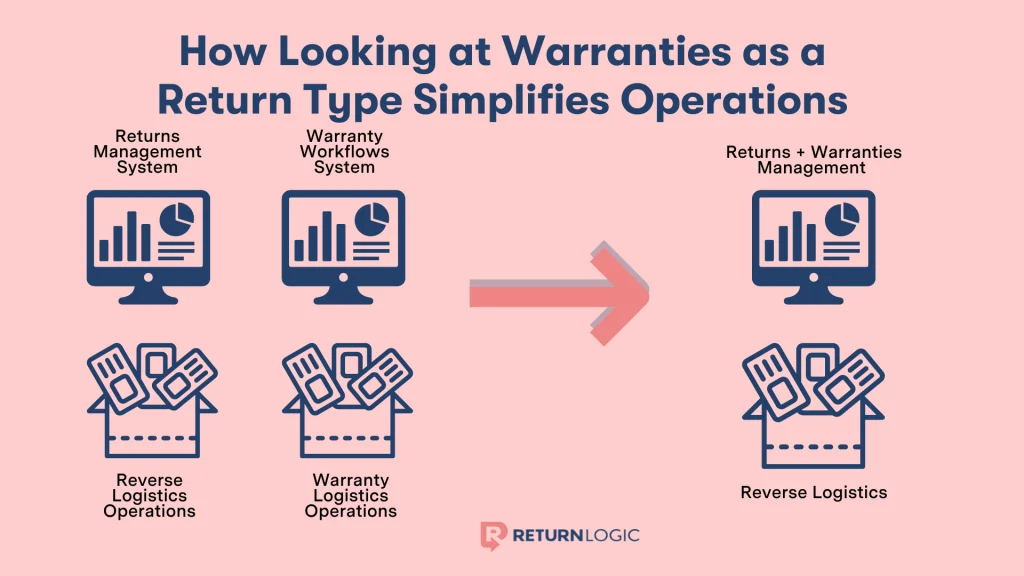When a customer makes a warranty request, a return policy is nothing if the promises made can’t be backed up.
Warranties prove to your customers that you believe in the quality of your products.
But having an efficient workflow that ensures each warranty request is processed seamlessly is essential for a warranty program to hold any value.
Up until now, warranty requests have been considered separate from returns. But this segregation can cost ecommerce retailers thousands of dollars.
We’ve been gathering data on the ecommerce warranty industry since 2018, and one conclusion is very clear: Retailers who want to optimize their warranty workflows should categorize warranty requests as a return type.
This article breaks down how a simple change in definition can significantly impact business strategies for ecommerce retailers.
Why Warranty Requests are Traditionally Separated from Other Return Types
Currently, ecommerce merchants categorize post-purchase behavior based on the customer’s intention.
Because of this, warranties and other return types have traditionally been separated.
When a customer puts in a warranty request, they don’t actually want to return the product. They just want their issue with it fixed – as opposed to other return types (refunds, exchanges, store credit), where the customer’s intention is to give back the product because they are unsatisfied with it.
While the customer may not actually want to get rid of the product, handling a warranty request looks very similar to handling other return requests in that both:
- Indicate something wrong with the product.
- Require getting information from the customer about the original purchase, and
- Need a system for reverse logistics in place (funneling the products backward through the supply chain).
These similarities are important because it shows that although the customer may approach warranty requests differently from other returns, the process looks more or less the same for the retailer.
Simply put, their reasons may be different, but their solutions are the same.
So, having a separate process for just warranties is really doubling the work for your team. Let’s take a look at how.













